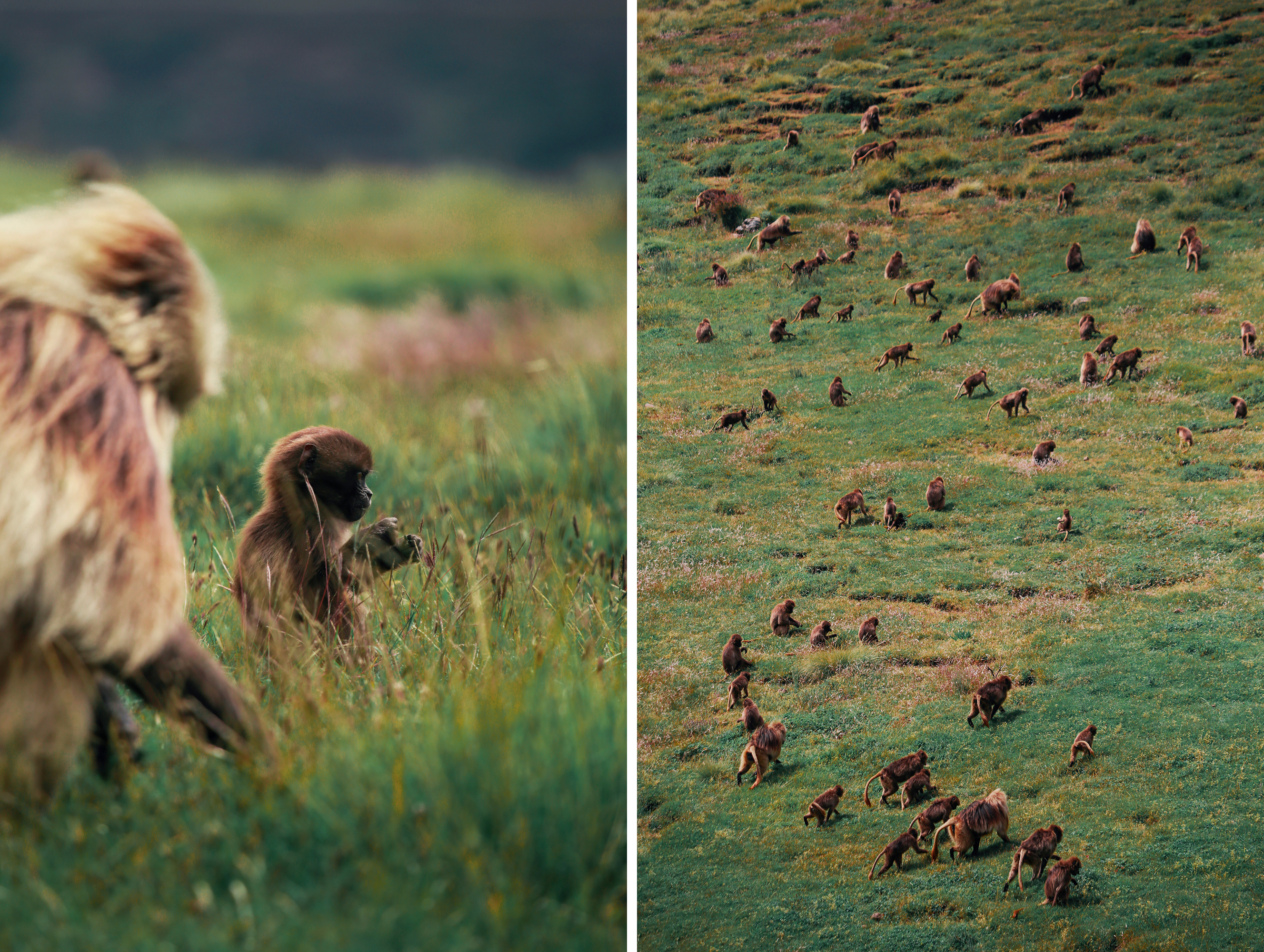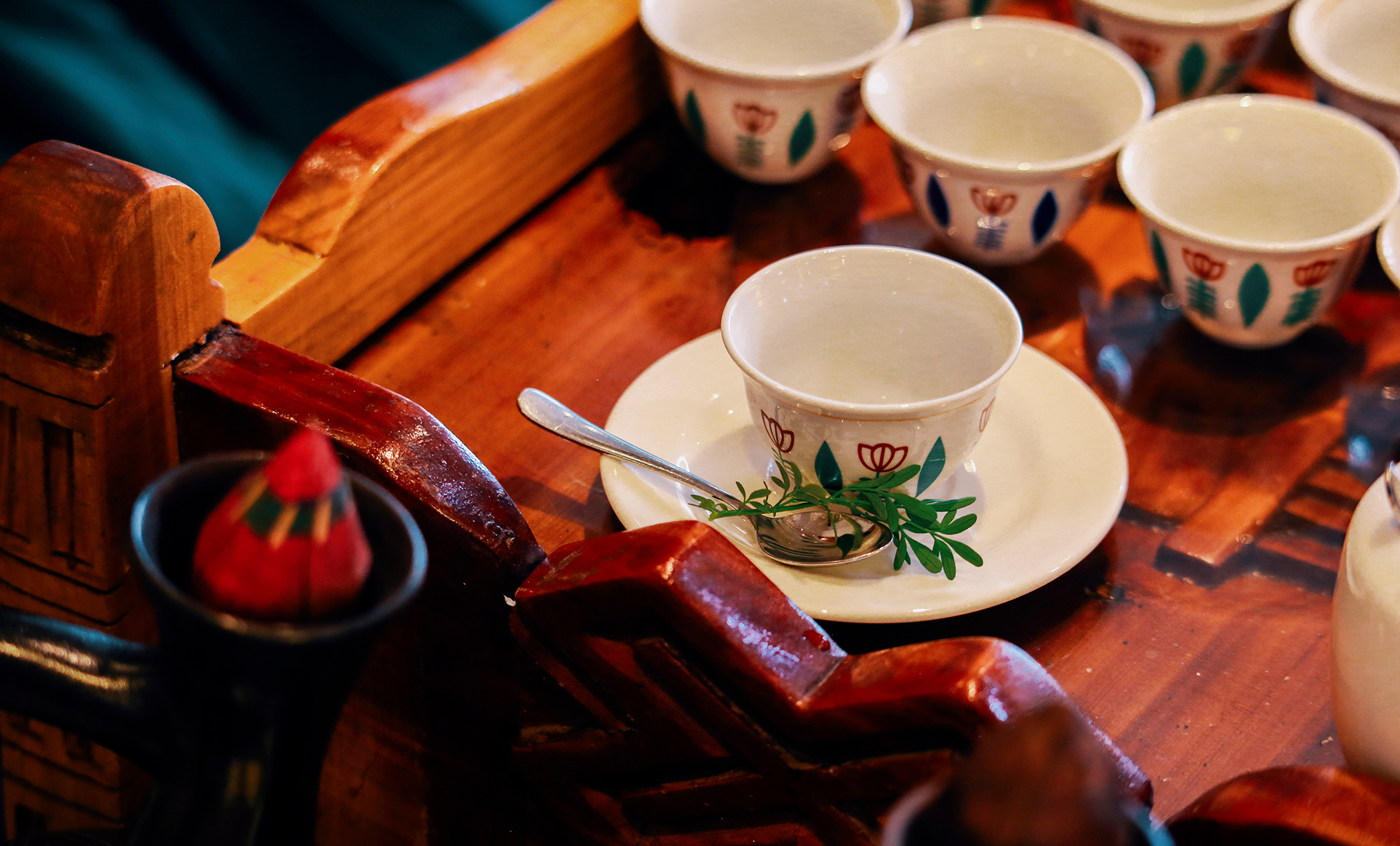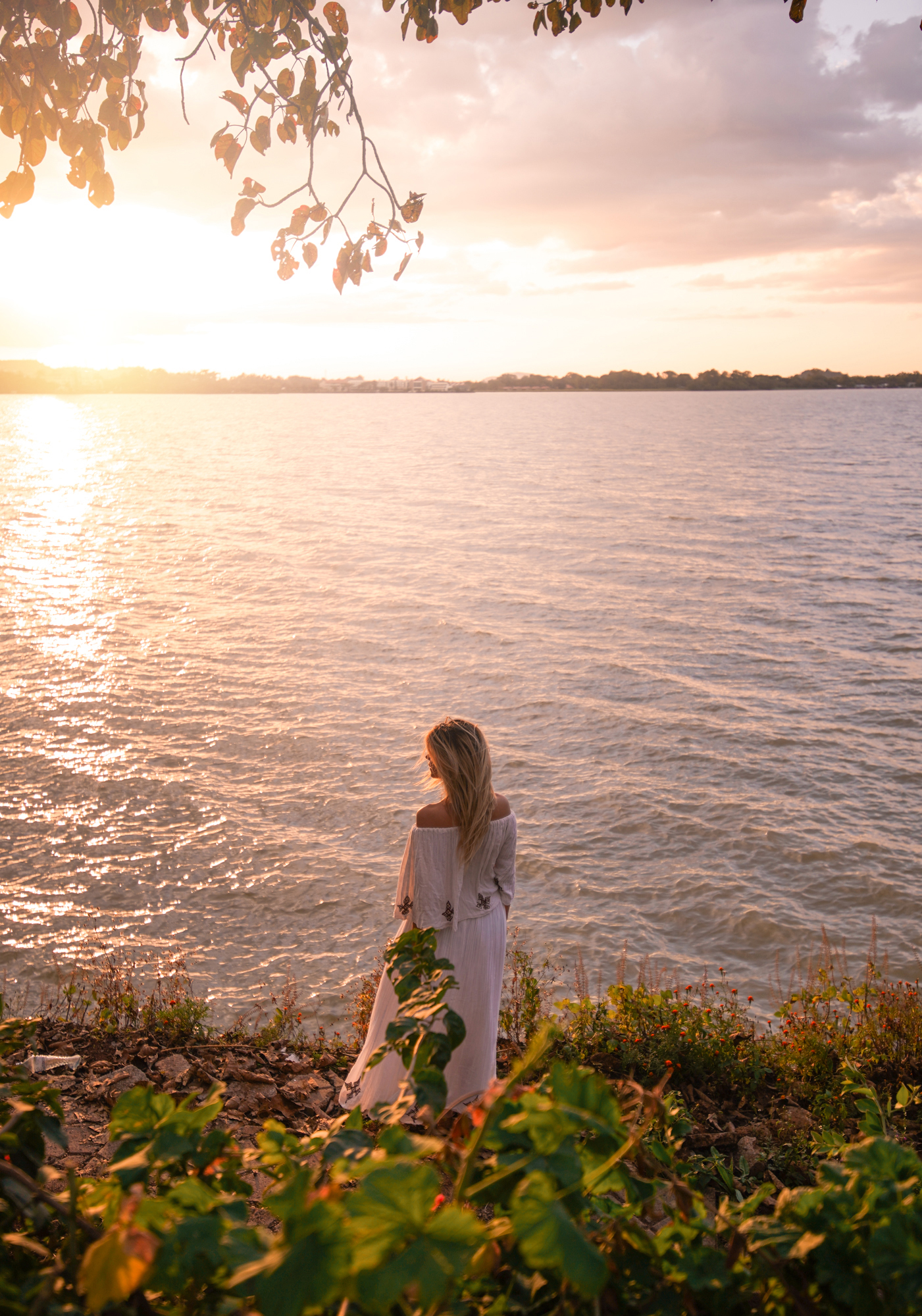
01 Dec 7 Bucket List Experiences In Ethiopia
If you read our last post on Ethiopia, you might already be planning your adventure there (and if that is indeed the case, then that is bloody marvellous – pop us a mail if you have any questions ahead of your trip, and don’t forget to check out the Sheraton Addis if you’re looking for the ultimate Ethiopian base to travel from.)If, however, you’re more of a Travel For Experiences type, and it’s less about the full itinerary to try and see as much as possible in the least amount of time, then let us share with you seven bucket-list-worthy experiences you should definitely travel to Ethiopia for. Disclaimer: we’ve only done four of the seven, but hey, like we always say, “leave yourself something to do next time, so that you have a reason to go back”.
Without further ado, here are:
7 Bucket List Experiences In Ethiopia
An Expedition On The Most Active Volcano In The World
This is the first of three experiences we’re listing that we have not done (yet). But doesn’t the thought of visiting an active volcano, that has hosted a permanent lava lake for more than 125 years sound appealing? They say it’s been in “a state of continuous eruption since 1965” and for this reason, Erta Ale will be seeing us one day. You can find out more here.
https://www.youtube.com/watch?v=3pyiag3a9AE
Come Face To Face With A Gelada Monkey
These Old World monkeys (sometimes referred to as the bleeding-heart monkeys or gelada “baboons”) are only found in the Ethiopian highlands, and hiking in the Simien National Park to find them (and come so close you can see their little hands grip on the tufts of grass) has to go down as one of our favourite experiences in Ethiopia…hey, even one of our top experiences in Africa, period! Don’t be fooled though, they’re still wild animals and getting too close will cause them to showcase their dominance in a stand-off “I’m bigger than you” kind of experience #truestory
When entering the National Park, you’ll be accompanied by a local guide and gun-holding scout, and you can either do a day-trip to the mountains from Gondar, or book yourself a longer stay to hike even after seeing the geladas – if you stay at Simien Lodge you can say you’ve slept in the highest lodge in Africa, so that might be a fun option too.




Take Part In An Ethiopian Coffee Ceremony
When you visit the birthplace of coffee i.e. Ethiopia, it would be a shame not to take part in a ‘bunna maflat’ (the local Armharic term for Coffee Ceremony). Most coffee shops and hotels will have daily ceremonies, and since coffee drinking is such a huge part of the culture in Ethiopia, it would be strange for you to visit and not take part, so with this in mind, let us share a little background so that you know what expect when you take part.
The coffee ceremony is normally performed by the woman of the household, and it is said to be a great honour for them. Coffee beans will be roasted, ground, and then placed into a ‘jebena’ (or coffee pot) with boiling water. The host will pour the coffee into handleless cups, and then you have the choice of adding sugar, or salt (and if you’re in the countryside, local butter might even be offered). The coffee is normally accompanied by small snacks, such as popcorn, or peanuts, and don’t be surprised if incense burns in the background.


Feed And Be Fed (Using Your Hands), During An Ethiopian Feast
There’s two special restaurants we’d like to highlight for your Ethiopian dining experience – Yod Abyssinia in Addis Ababa (which will turn into an entire evening of song and dance over and above the food and drink), and Four Sisters in Gondar. Each one offers delectable local cuisine and depending on where you visit first, this will guide your choice.
To eat like an Ethiopian, your table will be presented with a plate of ‘injera’ (the sourdough-risen flatbread with slightly spongy texture, made from tiny, iron-rich teff seeds – teff being an ancient grain from the Ethiopian highlands). Slowly the flavourful meat and veggie accompaniments will be placed onto the bread, and now it’ll be your turn to get involved and get messy. You’ll tear the bread from the sides and slowly place it over the accompaniments, collecting them, and rolling up the bite-size pieces ready for consumption. You can eat your own rolled up injera pocket, or, if you want to do like the Ethiopians do, feed it to someone at the table using your hands – this is what they affectionately call ‘gursha’. Once you’ve given a gursha (the bigger the better) expect to receive one back in return. You can read more about this fun Ethiopian dining tradition here.
Visit A Chapel Built On A Steep Cliff
Once again, this is something we’ll need to go back for, but after watching the video from Great Big Story on Abuna Yemata Guh, we can’t wait to take the challenging 45-minute hike up to visit a chapel dating back to the 5th century, sitting 650 feet above a steep cliff in the Tigray Region in Northern Ethiopia.
Go Shopping For Traditional Ethiopian Attire
Almost everywhere you look in Ethiopia, you’ll see the Christian locals adorned in the traditional white cotton cloth, and it’s no surprise really, as hand-weaving has been a way of life for centuries in Ethiopia. The women spin the cotton into thread that’s loaded onto spools, and then the men use the loom to hand-weave cotton garments, such as the traditional white dresses or shawls called ‘shemma’. It’s pretty remarkable that sometimes one dress can take as long as one month to make…and you can see it in the details. Although all white, the styles and decorations make each dress feel like a work of art, and when you see the craft and effort that goes into the production of this traditional dress, you won’t mind paying the hefty price of 2150 Birr (approximately US$75) for one.
The best place to shop for one of these creations, is at the Shiro Meda market in Addis Ababa (and some of the shops also have a renting option, incase you’re not quite ready to part with that amount of Birr, but you still want a photo in one, oh I don’t know, in front of the Blue Nile Falls or Lake Tana maybe?)


Experience The Hottest Place On Earth
The final item on our own must-do-one-day-in-Ethiopia list, is a visit to the Danakil Desert, which has in fact been described as “one of the hottest, driest, and lowest places on Earth“. It only receives 100-200mm of rainfall each year, has an average temperature of 34 degrees Celsius, and sits 125m below sea level. But the most incredible thing, is the scenery with bubbling lava lake volcanoes, multi-coloured hydrothermal fields, and great salt pans that will only have you think that you’ve reached another planet.
Ethiopia you pleasantly surprised us, and we cannot wait to tick off more items from our bucket list the next time we visit.
CC
If you enjoyed this blog post, you may want to follow our journey on Instagram, YouTube, Facebook, and Twitter, browse our online photography shop, or get yourself a copy of our TRAVEL AROUND THE WORLD eBook.



No Comments